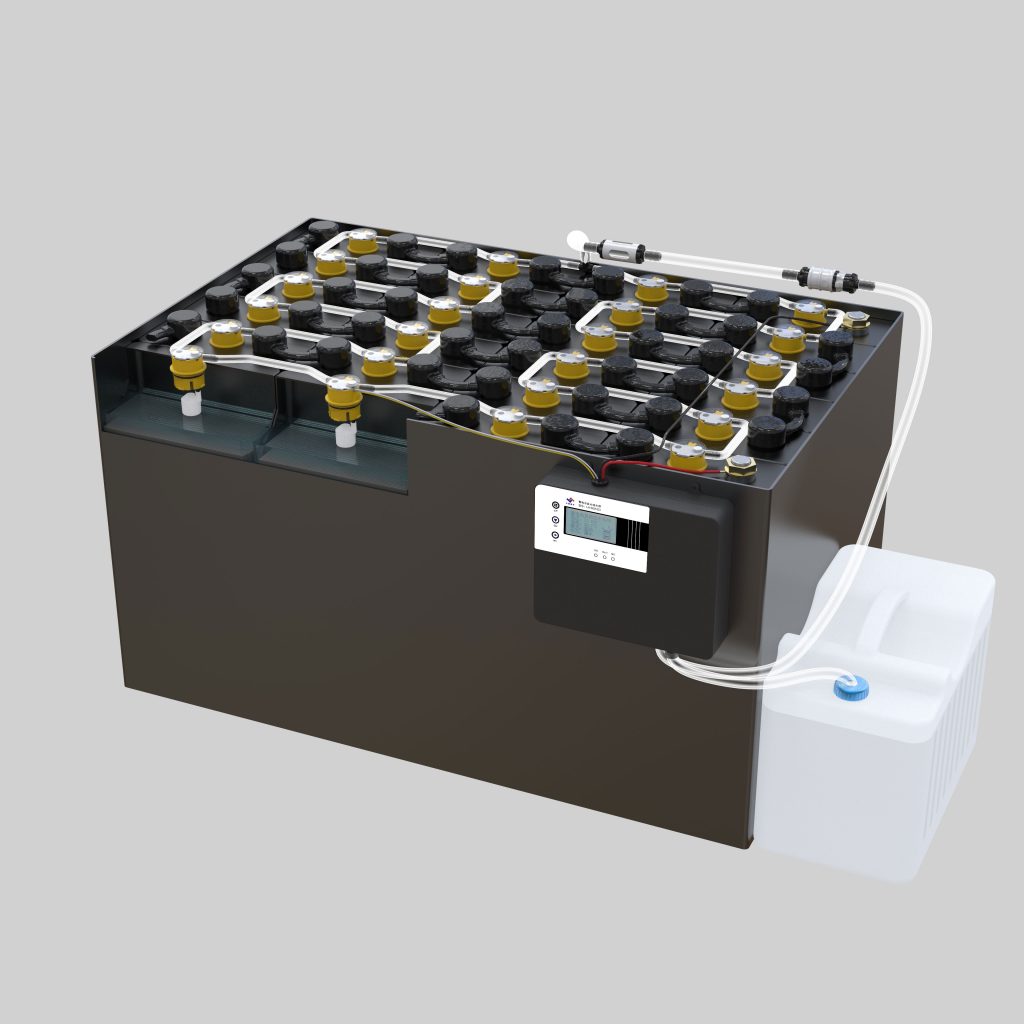How to distinguish the performance of the battery, how to determine whether the battery can meet the needs, what data you should pay attention to when buying a battery, how to know how long the battery can last? Come to see what battery performance parameters you need to know.
Rated Capacity
Under the conditions specified in the design (such as temperature, discharge rate, termination voltage, etc.), the minimum capacity that the battery should be able to discharge, in ampere-hours, represented by the symbol C. The capacity is greatly affected by the discharge rate, so the discharge rate is often marked with Arabic numerals in the lower right corner of the letter C. For example, C20=50, which indicates that the capacity at a rate of 20 hours is 50 amp-hours. The theoretical capacity of the battery can be accurately calculated according to the amount of electrode active material in the battery reaction formula and the electrochemical equivalent of the active material calculated according to Faraday’s law. Due to the possible side reactions in the battery and the special needs of the design, the actual capacity of the battery is often lower than the theoretical capacity.
(How to maintain golf carts’ batteries? How to prolong golf carts’ batteries service life? Maybe you should try golf cart battery watering gun.
-1024x731.jpg)
Rated Voltage
The typical operating voltage of the battery at room temperature, also known as the nominal voltage. It is a reference when choosing different types of batteries. The actual operating voltage of the battery varies with different usage conditions. The open-circuit voltage of a battery is equal to the difference between the balance electrode potentials of the positive and negative electrodes. It is only related to the type of electrode active material, and has nothing to do with the amount of active material. The battery voltage is essentially a DC voltage, but under some special conditions, the phase transition of the metal crystal or some phase-forming films caused by the electrode reaction will cause slight fluctuations in the voltage, which is called noise. The amplitude of the fluctuation is small but the frequency range is very wide, so it can be distinguished from the self-excited noise in the circuit.
Charge and discharge rate
Sometimes there are two representations of rate and magnification. The hour rate is the charge and discharge rate expressed by the charge and discharge time, and the value is equal to the number of hours obtained by dividing the rated capacity of the battery (Ah) by the specified charge and discharge current (A). The rate is another representation of the charge and discharge rate, and its value is the reciprocal of the time rate. The discharge rate of the primary battery is expressed by the time it takes to discharge through a fixed resistance to the termination voltage. The discharge rate has a great influence on the battery performance.

Impedance
The battery has a large electrode-electrolyte interface area, so the battery can be equivalent to a series circuit of a large capacitor and a small resistance and inductance. The battery has a large electrode-electrolyte interface area, so the battery can be equivalent to a series circuit of a large capacitor and a small resistance and inductance. But the actual situation is much more complicated, especially the impedance of the battery changes with time and DC level, and the measured impedance is only valid for the specific measurement state.
Life
Shelf life refers to the maximum allowable storage time, measured in years, between the time the battery is made and the start of its use. The total period, including the storage period and the use period, is called the validity period of the battery. The life of the storage battery is divided into dry storage life and wet storage life. Cycle life is the maximum number of charge and discharge cycles that a battery can achieve under specified conditions. When specifying the cycle life, the system of the charge-discharge cycle test must be specified at the same time, including the charge-discharge rate, the depth of discharge and the ambient temperature range.
Self-discharge rate
The rate at which a battery loses its own capacity during storage. It is expressed as the percentage of the capacity lost by self-discharge in unit storage time to the capacity before storage.
